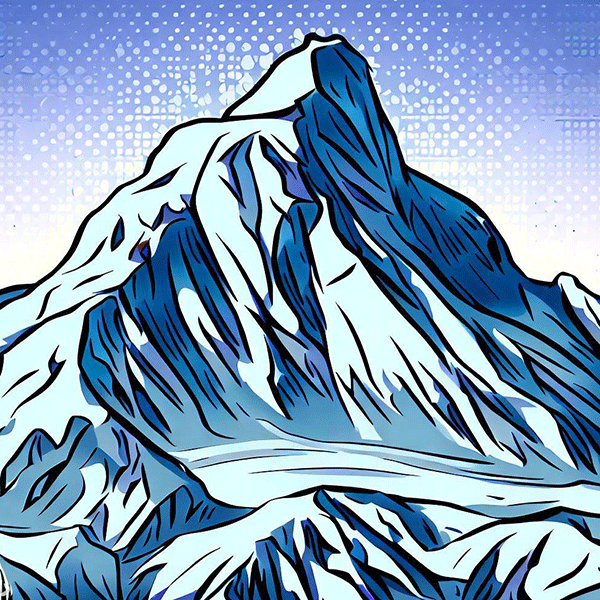What Makes a Climate?
Have you ever wondered why some places are hot and dry, while others are cold and snowy, or why some places have four seasons, but others don’t? It’s all because of something called climate factors! These are the pieces that come together to make the climate in different parts of the world.
Big Pieces of the Climate Puzzle
Here are some of the big pieces that help decide what a place’s climate will be like:
- Latitude: This is how far north or south a place is from the equator. It helps decide how much sunshine a place gets. The closer a place is to the equator, the warmer it usually is.
- Altitude: This is how high above sea level a place is. The higher up, the colder it gets. That’s why tall mountains have snow on top, even if it’s hot at the bottom!
- Distance from the Sea: Places near the ocean usually have milder weather because water takes longer to heat up or cool down than land. But places far from the ocean can get really hot in summer and super cold in winter.
- Ocean Currents: These are like rivers in the sea that carry warm or cold water to different places. For example, the Gulf Stream brings warm water to Western Europe, making it milder than other places at the same latitude.
- Topography: This is what the land looks like – whether it’s flat, hilly, or mountainous. Mountains can block wind and rain, making one side wet and the other side dry.
- Vegetation: Plants can change a place’s climate by affecting temperature and moisture levels. Forests can make the air cooler and more humid because they release water vapor, a process called transpiration.
Why Do We Need to Know About Climate Factors?
Knowing about climate factors helps us understand why different places have different climates. It can also help scientists guess how the climate might change in the future, which is really important as we try to tackle climate change.
Plus, understanding climate factors can help us understand why certain plants and animals live where they do, and why some places have more storms or droughts than others.
